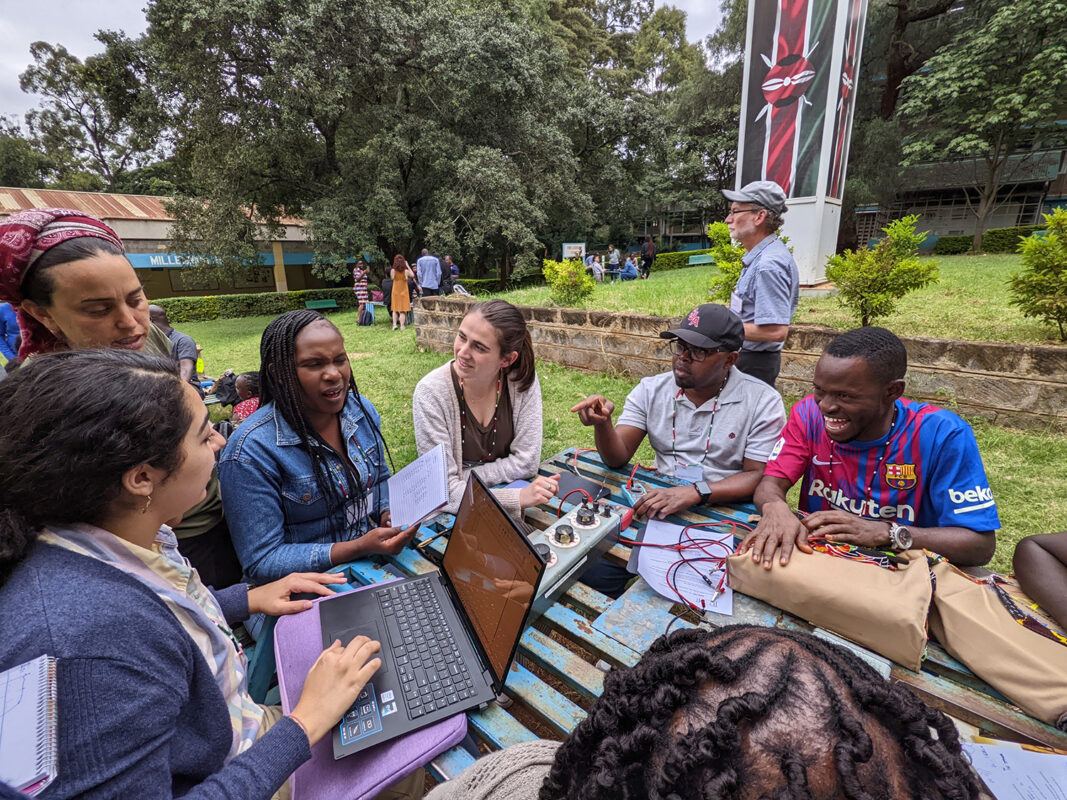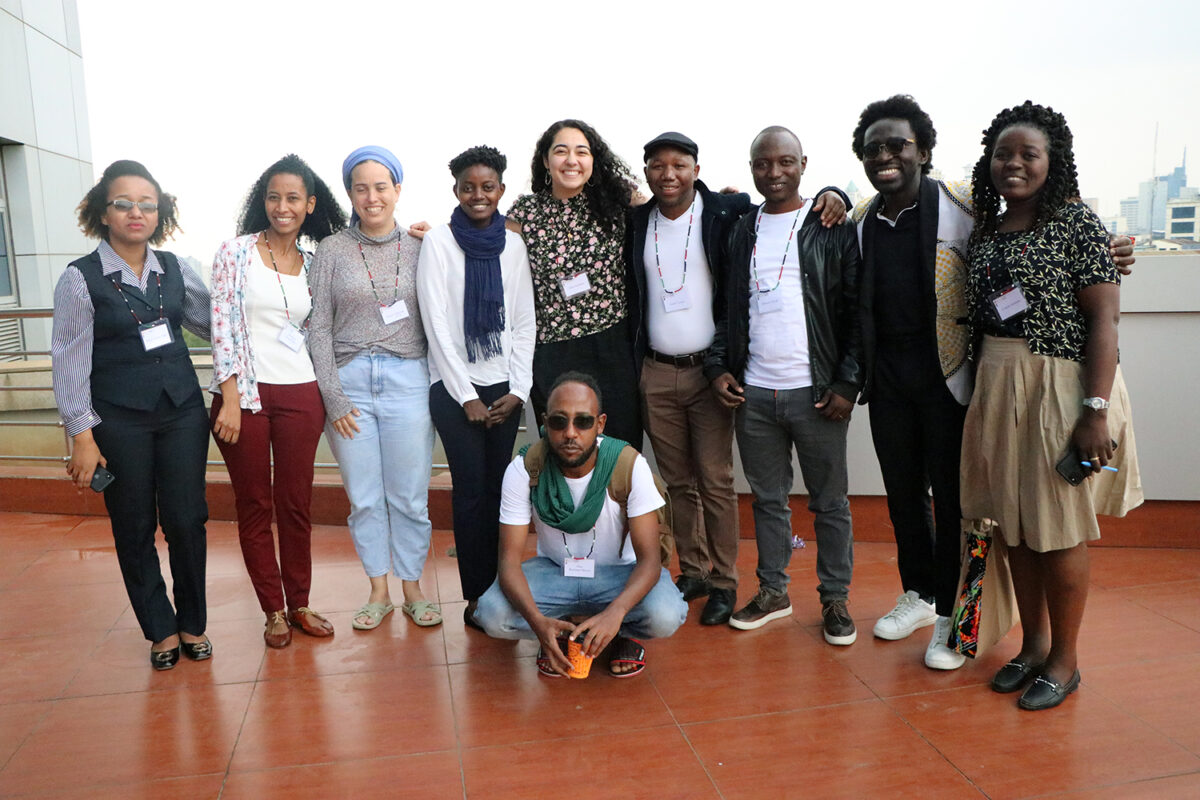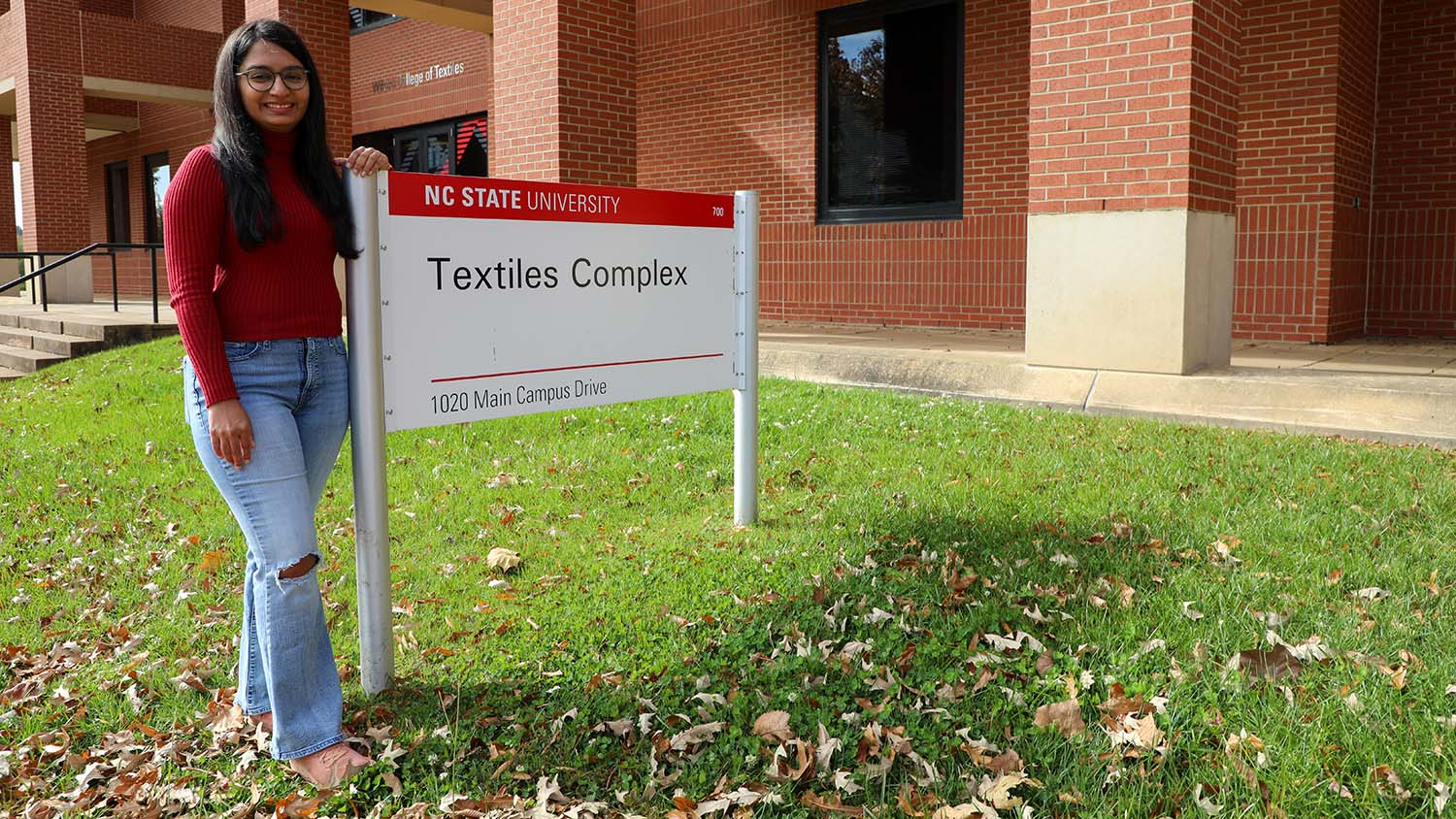MSE Doctoral Candidate Appreciates the Value of Collaboration at International Research Workshop

Sustainable energy has always been a topic of interest for NC State Materials Science and Engineering (MSE) doctoral candidate, Ishita Kamboj. Her research at MSE focuses on enhancing electrode properties and architectures for lithium-ion batteries with new geometries and improved performance.

A driven and open-minded student, Kamboj broke out of her usual routine of testing batteries to travel to Nairobi, Kenya. There she participated in a prestigious, two-week-long program called Joint Undertaking for an African Materials Institute (JUAMI), dedicated to research collaboration between a diverse group of scientists in sustainable energy.
Unlike a traditional research conference, Kamboj said JUAMI was more like a “workshop” where scholars from around the world could “talk to each other” and “learn about each other’s work.”
“When we think about how we do science, we do it very much siloed,” she said, “Different people put their heads down on their own project, but in order to get the best solutions there is this idea that you have to collaborate.”
During the program, Kamboj attended tutorials that explained fundamental concepts of technologies outside of her own research. The benefit of this, she said, is she has a better understanding of what was going on in the field, and she is able to apply it to her own work. Some of the topics she studied at the conference were so interesting, she commented that she wished she would have learned that in undergrad and that it “will really enhance my graduate research.”
“I’m implementing some of those techniques like literally today to try to see if what they tried will work for me as well,” Kamboj said.
Not only did students attend research seminars, but they were put in small groups to come up with elaborate research proposals.
Kamboj’s proposal focused on creating a low-cost battery to power a technology called a microgrid in rural Kenya, or a smaller version of an electrical grid that can stand alone to provide electricity in remote areas. The goal of this project is to provide Kenya with a more cost-effective, locally-based alternative to microgrid batteries produced in other countries.
Other proposals Kamboj mentioned included the creation of sustainable feminine hygiene products made by processing the invasive water hyacinth and the creation of a network for sharing research equipment for scientists who might not otherwise have access.
After attending the program, Kamboj gained a new perspective on how scientific research should be approached. She said, “You shouldn’t just be researching in a vacuum.”
Kamboj wants to encourage other scholars to read and study “widely” instead of staying in an intellectual “comfort zone.”
“At the end of the day, we’re doing this because we want to make a positive impact. And unless you interact with other technologies and interact with other science, you’re never going to know how best to do that.”




This post was originally published in Department of Materials Science and Engineering.
- Categories:


